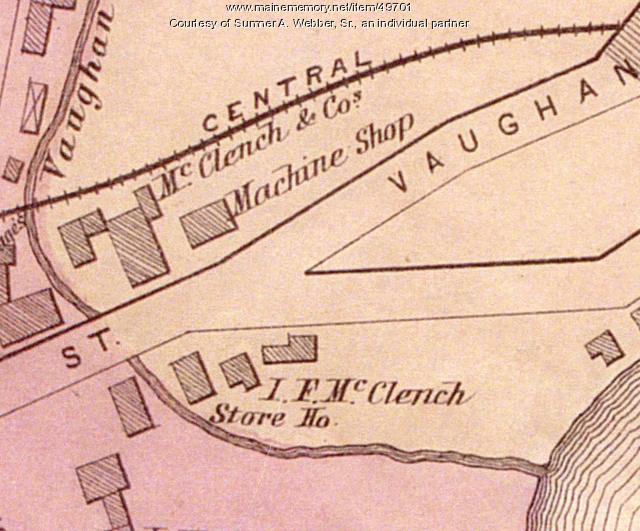Keywords: volcanic ash
Item 10040
Volcanic crater, Winterville, 1932
Contributed by: Nylander Museum Date: circa 1932 Location: Winterville Media: Photographic print
Item 110541
Helen Bancroft Hay's lava brooch, ca. 1860
Contributed by: Maine Historical Society
Date: circa 1860
Location: Boston, MA; Portland
Media: lava, gold
This record contains 3 images.
Exhibit
Holding up the Sky: Wabanaki people, culture, history, and art
Learn about Native diplomacy and obligation by exploring 13,000 years of Wabanaki residence in Maine through 17th century treaties, historic items, and contemporary artworks—from ash baskets to high fashion. Wabanaki voices contextualize present-day relevance and repercussions of 400 years of shared histories between Wabanakis and settlers to their region.
Exhibit
Northern Threads: Civil War-era clothing
An exhibit vignette within "Northern Threads, Part 1," featuring American Civil War civilian and military clothing, 1860 to 1869.
Site Page
Historic Hallowell - Industry at the Mouth of the Vaughan Stream
"The slate was made of clay or volcanic ash. Slate, a rock formed from shale and mined by quarrying, had low heat and not very much pressure put on it."
Site Page
Farmington: Franklin County's Shiretown - Agriculture
"It is thought that the smoke and ash created a “volcanic winter.” For the next 5 years, many of the Farmington settlers were disheartened and left…"
Story
My father, Earle Ahlquist, served during World War II
by Earlene Chadbourne
Earle Ahlquist used his Maine common sense during his Marine service and to survive Iwo Jima







